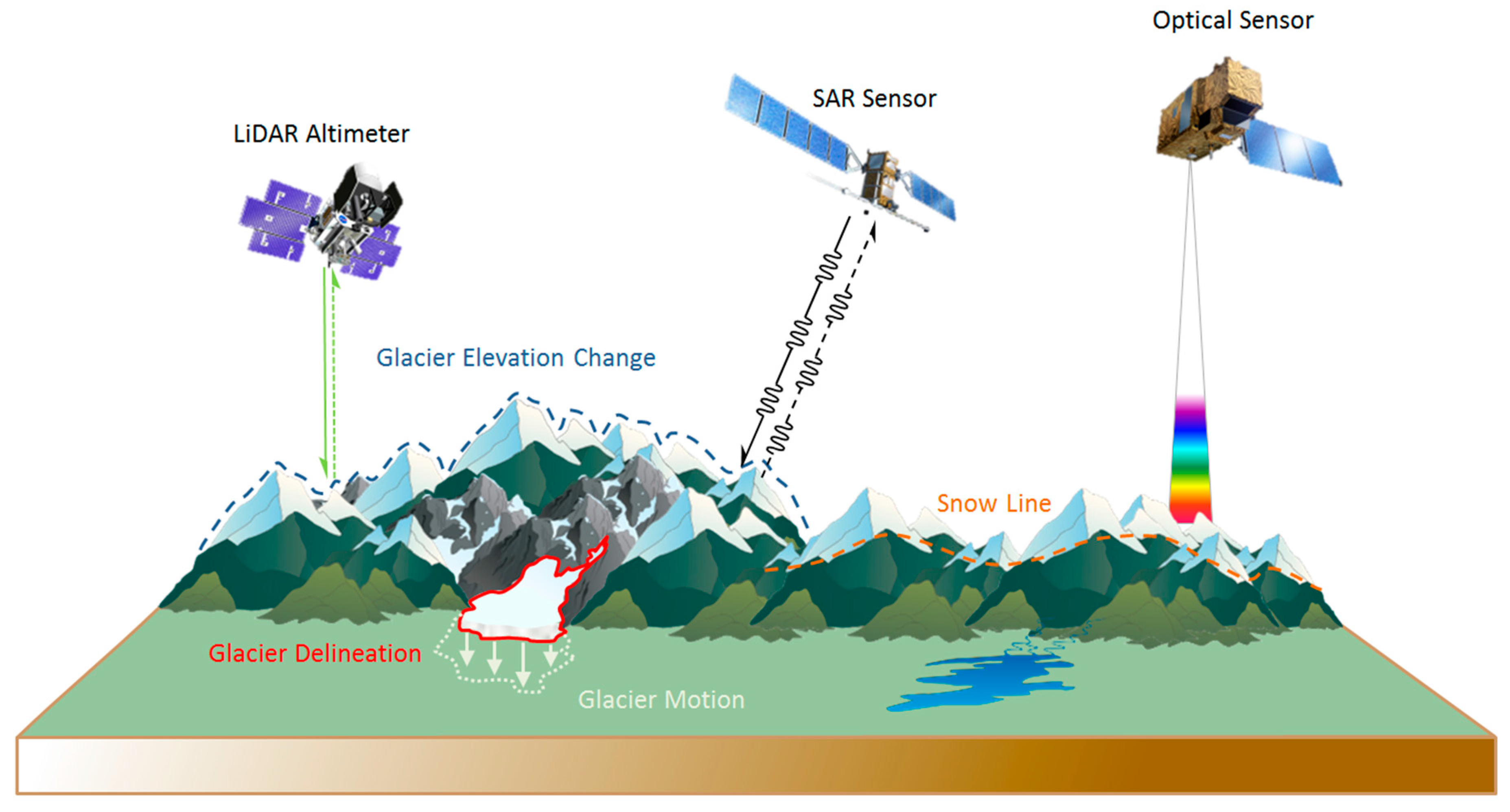

The incoming beam was measured upstream of the target on an event-by-event basis using scintillators for charge identification as well as momentum measurement, and two drift chambers for tracking (Extended Data Fig. The cyan (magenta) dotted line represents the upper (lower) limit of the 4He (proton) momentum expected from the simulation assuming a quasi-elastic scattering, and the orange line indicates the central beam momentum. The solid curves are the results from the simulation. The momentum distribution of the incoming 8He beam is shown for comparison. Right: measured momenta of the knocked-out 4He and the scattered proton after the quasi-elastic scattering (symbols). An additional scintillator wall was placed at smaller bending angle to detect the unreacted 8He beam. Two neutron-detector arrays were placed at a forward angle behind the SAMURAI. The trajectories of the outgoing fragments are tracked by three silicon (Si) planes and bent afterwards through the SAMURAI spectrometer towards the focal-plane detectors. Scintillator detectors and drift chambers are used for beam identification and tracking. Other attempts, sensitive to both bound and resonant states, used pion-induced double-charge-exchange (DCX) reactions, mainly the \()\) reaction, the 4He core is knocked out from the 8He projectile. Among these attempts, experiments were performed searching for possible bound tetraneutrons produced in uranium fission reactions (see, for example, ref. Numerous attempts have been made to find a hint for the existence of the tetraneutron as a bound or resonant state. An overview of previous experiments and theoretical approaches is given in ref. Following these considerations, the four-neutron system, the tetraneutron, is an appropriate candidate to address this question. The next simplest system of three neutrons is less likely to exist owing to the odd number of nucleons and therefore weaker binding yet, a recent calculation has suggested its existence 5. Whether multi-neutron systems can exist as weakly bound states or very short-lived unbound resonant states has been a long-standing question 1. The system made of two neutrons, the dineutron, is known to be unbound by only about 100 keV.
#DEFINITION OF OBSERVATION FREE#
The free neutron has a lifetime of just under 15 min and decays into a proton, electron and antineutrino. The use of an experimental approach based on a knockout reaction at large momentum transfer with a radioactive high-energy 8He beam was key.Ī neutron can be bound either in an atomic nucleus or in a neutron star. The measured energy and width of this state provide a key benchmark for our understanding of the nuclear force. Here we report on the observation of a resonance-like structure near threshold in the four-neutron system that is consistent with a quasi-bound tetraneutron state existing for a very short time. The experimental search for isolated multi-neutron systems has been an ongoing quest for several decades 1, with a particular focus on the four-neutron system called the tetraneutron, resulting in only a few indications of its existence so far 2, 3, 4, leaving the tetraneutron an elusive nuclear system for six decades.


To our knowledge, only neutron stars represent near-pure neutron systems, where neutrons are squeezed together by the gravitational force to very high densities. Nature volume 606, pages 678–682 ( 2022) Cite this articleĪ long-standing question in nuclear physics is whether chargeless nuclear systems can exist. Observation of a correlated free four-neutron system


 0 kommentar(er)
0 kommentar(er)
